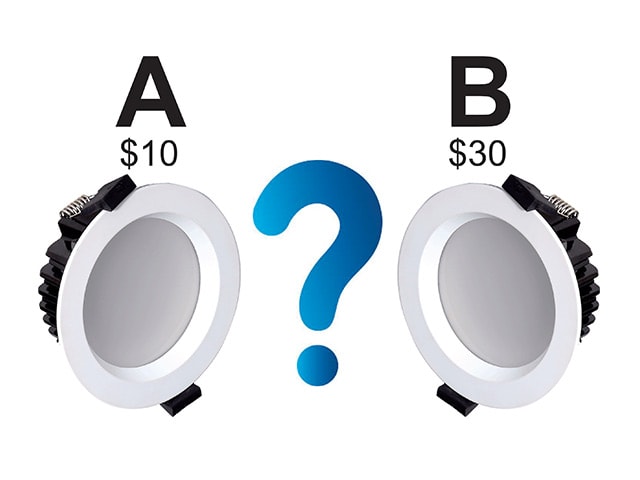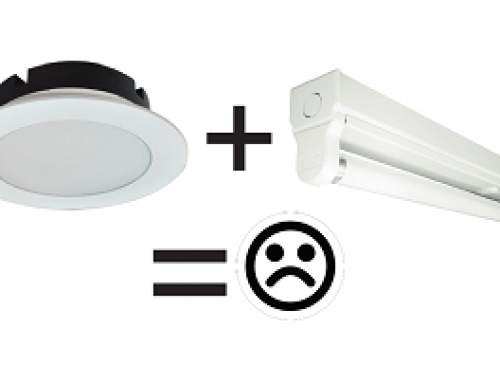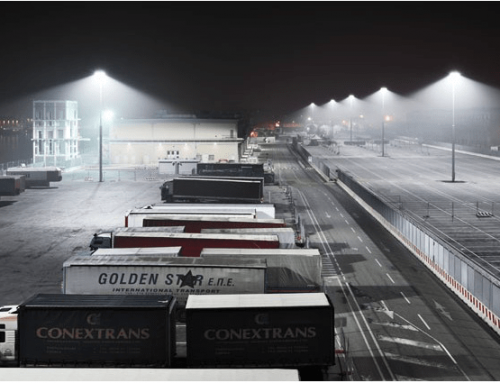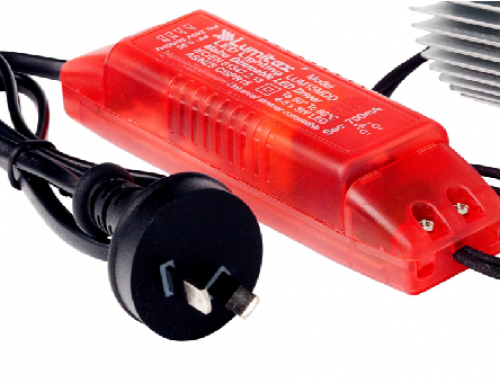LED prices vary considerably in the market. Here are a few of those reasons summarised, noting these are technical reasons only and cost variations due to other market factors are not considered here;
- Variations in chip quality, binning tolerance, CRI and luminous output
- Variations in light engine design and thermal performance
- Variations in driver quality, dimming performance and method
- Variations in levels of warranty and technical support
- Variations in compliance and regulatory documentation
When you are ready to invest into LED lighting you can choose what attributes are important for your application. For example, an LED light for your cupboard may not need to be dimmable, or have high CRI or tight binning tolerance. Those savings can be put towards other areas of your home.
Look for higher efficacy products where possible. A light that converts your electricity at 65 Lumens/Watt will give more light for the same running cost as one converting at 55 Lumens/Watt. If that theoretical light consumes 14 watts in total, we are talking about getting a bonus 140 Lumens per light just for checking this specification.
Lets put this into perspective. For every seven lights installed, its like getting the luminous output of one extra light for free. (7 x 140 = 980 Lumens)
In commercial environments, high efficacy products connected to daylight and/or movement sensors will maximise the potential energy savings.
The obvious key to benefiting from any potential savings through LED is to engage a LED specialist and access quality products with solid technical support. There are too many ways to make mistakes with LED and the right guidance will mitigate those risks.







